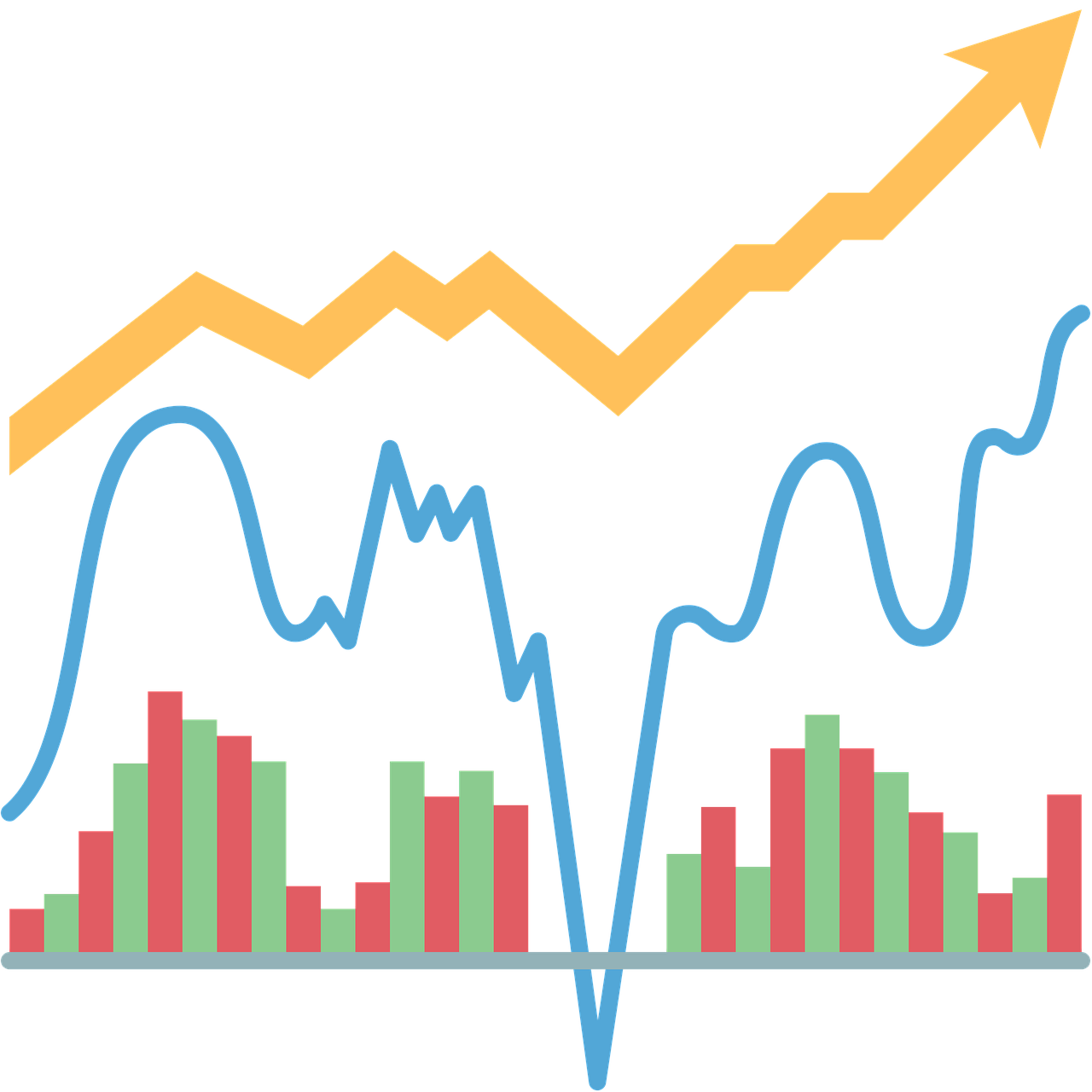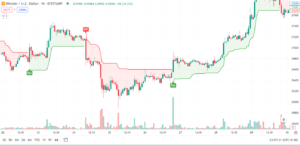Stock Market Trend Analysis – In today’s fast-paced and interconnected world, the stock market plays a crucial role in shaping global economies. Investors and traders constantly seek insights into market trends to make informed decisions and maximize their returns. This article delves into the realm of stock market trend analysis, exploring various techniques and tools used to interpret market dynamics.
What is Stock Market Trend Analysis?
Stock market trend analysis involves studying historical price and volume data to identify patterns and trends in the financial markets. It helps investors and traders gain insights into the direction of the market, allowing them to make informed decisions regarding buying, selling, or holding securities.
Trend analysis considers both short-term and long-term price movements, enabling market participants to capitalize on opportunities and manage risks effectively. By analyzing market trends, investors can understand the overall sentiment, identify potential reversals, and adjust their investment strategies accordingly.
Understanding Market Trends
To conduct a comprehensive trend analysis, it is essential to understand different types of market trends.
Identifying Uptrends and Downtrends
Uptrends occur when the market consistently experiences higher highs and higher lows over an extended period. Investors may consider buying opportunities during uptrends as prices tend to rise. Conversely, downtrends manifest when the market consistently forms lower highs and lower lows. Traders may explore short-selling or exiting positions during downtrends.
Support and Resistance Levels
Support and resistance levels are crucial in trend analysis. Support acts as a price level where buying interest is expected to emerge, preventing further decline. Resistance, on the other hand, represents a level where selling pressure becomes significant, hindering further price increases. Identifying these levels helps traders plan entry and exit points in the market.
Technical Analysis Indicators
Technical analysis indicators are widely used in trend analysis to forecast future price movements. Here are a few popular indicators:
Moving Averages
Moving averages smooth out price data and provide a clearer view of the overall trend. The 50-day and 200-day moving averages are commonly used to identify short-term and long-term trends, respectively. Crossovers between moving averages may signal potential trend reversals.
Relative Strength Index (RSI)
The RSI is a momentum oscillator that measures the speed and change of price movements. It helps identify overbought and oversold conditions, indicating possible trend exhaustion. Traders often use RSI divergences to anticipate trend reversals.
Bollinger Bands
Bollinger Bands consist of a moving average and two standard deviation lines. They provide insights into price volatility and potential breakout points. When prices approach the upper band, it may suggest overbought conditions, while prices near the lower band may indicate oversold conditions.
Fundamental Analysis in Trend Analysis
In addition to technical indicators, fundamental analysis plays a significant role in understanding stock market trends. Key fundamental factors include:
Earnings Per Share (EPS)
EPS reflects a company’s profitability and is often used as a gauge for potential stock price movements. Positive earnings growth and consistent EPS figures can indicate a healthy uptrend.
Price-to-Earnings (P/E) Ratio
The P/E ratio compares a company’s stock price to its earnings. It helps investors determine whether a stock is overvalued or undervalued. A low P/E ratio may suggest an undervalued stock with growth potential.
Sentiment Analysis in Trend Analysis
Sentiment analysis involves assessing the overall market sentiment to understand investor behavior. It helps identify shifts in market psychology and sentiment-driven price movements. Two key aspects of sentiment analysis are:
News and Social Media Sentiment
Monitoring news articles and social media platforms can provide insights into market sentiment. Positive or negative sentiments surrounding specific stocks or industries can impact market trends.
Market Sentiment Indicators
Market sentiment indicators, such as the put-call ratio and the Volatility Index (VIX), gauge market participants’ fear and greed. High put-call ratios or elevated VIX levels may indicate a bearish sentiment, while low readings may suggest a bullish sentiment.
Combining Multiple Analysis Techniques
To obtain a holistic view of market trends, it is often beneficial to combine multiple analysis techniques. This approach, known as confluence, involves corroborating signals from different indicators and analysis methods. Additionally, implementing risk management strategies, such as setting stop-loss orders, helps traders limit potential losses and protect profits.
Conclusion
Stock market trend analysis is a vital component of successful investing and trading. By analyzing market trends through technical, fundamental, and sentiment analysis, market participants can make informed decisions and adapt their strategies to changing market conditions. Remember, trend analysis provides valuable insights, but it is crucial to continually update your analysis to stay abreast of evolving market dynamics.
FAQs
Q1. How often should I analyze stock market trends?
A1. It is advisable to analyze stock market trends regularly, considering both short-term and long-term perspectives. This can range from daily monitoring to weekly or monthly assessments, depending on your investment goals.
Q2. Can trend analysis predict market crashes?
A2. While trend analysis can provide valuable insights, it is important to note that no method can guarantee the prediction of market crashes or other significant events. It is wise to combine trend analysis with risk management strategies to protect your investments.
Q3. Are stock market trends the same across different sectors?
A3. No, stock market trends can vary across different sectors and industries. Factors such as economic conditions, industry-specific news, and regulations can impact individual sectors differently.
Q4. Can beginner investors utilize trend analysis effectively?
A4. Yes, beginner investors can benefit from trend analysis. It is advisable to start with basic concepts and gradually gain experience and knowledge. Learning from reputable sources, consulting with professionals, and staying updated with market news can enhance the effectiveness of trend analysis.
Q5. Where can I find reliable stock market trend analysis resources?
A5. Reliable stock market trend analysis resources can be found through reputable financial websites, investment research firms, and financial news outlets. It is essential to verify the credibility of the sources and ensure they align with your investment objectives.




